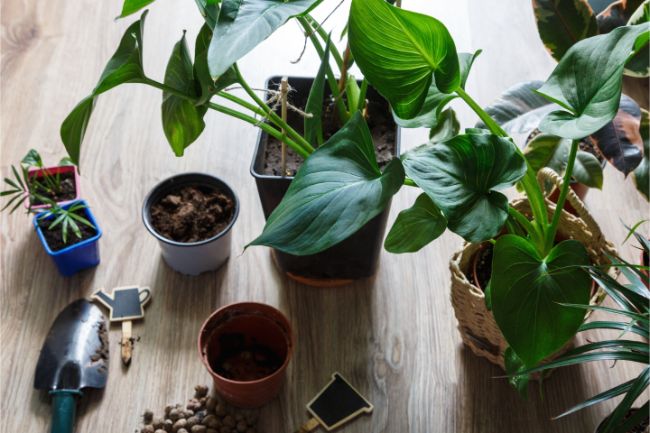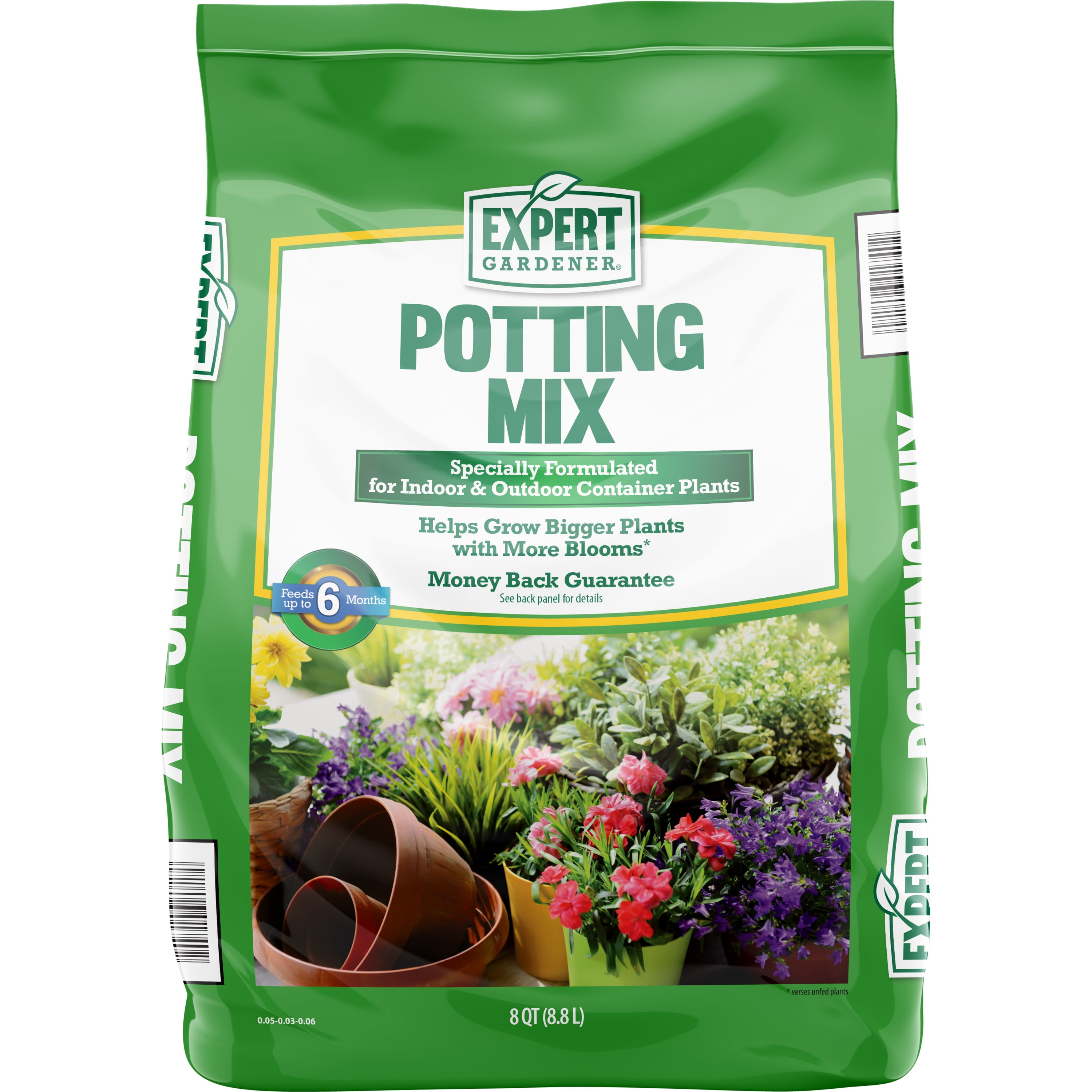Best Soil for Potted Indoor Plants: Boost Growth and Vitality

Imagine you're a plant, tucked away in a cozy pot, basking in the gentle indoor sunlight. What would you crave most? A comfortable home—the best soil—to flourish and grow. Choosing the right potting mix for your indoor plants is like selecting the perfect mattress for a good night's sleep. It's crucial, and we're here to guide you through it.
Understanding the Needs of Indoor Plants
Indoor plants, much like their outdoor counterparts, require a well-draining soil that retains just the right amount of moisture. Too much water, and you'll drown your green friends; too little, and they'll wither away. The best soil for potted indoor plants strikes this delicate balance, providing a nurturing environment for roots to thrive.
The Importance of Well-Draining Soil
Well-draining soil is the cornerstone of healthy indoor plants. Think of it as the plumbing system of your pot. It allows water to flow freely, preventing root rot and ensuring your plants get the hydration they need without drowning.
Key Components of Well-Draining Soil
- Organic Matter: Compost, peat moss, or coconut coir improve soil structure and nutrient content.
- Perlite or Vermiculite: These lightweight, porous materials enhance aeration and drainage.
- Sand: Adds weight and improves drainage, but use sparingly to avoid compacting the soil.
Types of Potting Mix for Indoor Plants
All-Purpose Potting Mix
An all-purpose potting mix is a versatile choice for most indoor plants. It typically contains a blend of peat moss, perlite, and vermiculite, providing a balanced environment for growth.
Specialty Potting Mixes
Some plants have unique needs. For instance, succulents and cacti thrive in a sandy, fast-draining mix, while orchids prefer a bark-based mix that mimics their natural epiphytic habitat.
Succulent and Cacti Mix

Succulents and cacti are low-maintenance plants that require minimal water. A well-draining soil mix with coarse sand, perlite, and a small amount of organic matter is ideal for these desert dwellers.
Orchid Mix
Orchids need a mix that allows for excellent air circulation around the roots. A blend of fir bark, sphagnum moss, and perlite works wonders for these exotic beauties.
Organic vs. Synthetic Soil: Which is Better?
Organic soil, rich in natural materials like compost and peat moss, is often preferred for its nutrient content and environmental sustainability. However, synthetic soil mixes, which may include artificial fertilizers and moisture-retaining polymers, can offer consistent results and are less prone to pests and diseases.
Benefits of Organic Soil
- Nutrient-Rich: Organic matter breaks down over time, releasing essential nutrients.
- Environmentally Friendly: Sustainable and renewable resources.
- Improves Soil Structure: Enhances aeration and water retention.
Benefits of Synthetic Soil
- Consistent Quality: Manufactured to specific standards.
- Pest and Disease Resistant: Reduced risk of introducing pests or pathogens.
- Long-Lasting: Slow-release fertilizers provide steady nutrition.
Maintaining Optimal Soil Moisture
Soil moisture is a delicate balance. Too much water can lead to root rot, while too little can cause your plants to wilt. The best soil for potted indoor plants should retain enough moisture to keep your plants hydrated without becoming waterlogged.
Tips for Maintaining Soil Moisture
- Watering Technique: Water thoroughly until water drains from the bottom of the pot.
- Drainage Holes: Ensure your pots have adequate drainage to prevent waterlogging.
- Mulch: A layer of organic mulch can help retain moisture and suppress weeds.
Conclusion: Nurture Your Indoor Oasis
Choosing the best soil for potted indoor plants is like laying the foundation for a thriving indoor oasis. By understanding the unique needs of your plants and selecting the right potting mix, you can create a nurturing environment that boosts growth and vitality.
Remember, the journey of plant care is a rewarding one. Each leaf that unfurls and each bloom that opens is a testament to your dedication. So, go ahead, get your hands dirty, and watch your indoor garden flourish.
FAQs
-
What is the best soil for succulents and cacti? Succulents and cacti thrive in a well-draining mix that includes coarse sand, perlite, and a small amount of organic matter. This mix mimics their natural desert habitat.
-
How often should I water my indoor plants? The frequency of watering depends on the type of plant, the size of the pot, and the environmental conditions. A good rule of thumb is to water when the top inch of soil feels dry to the touch.
-
Can I use garden soil for indoor plants? Garden soil is generally not suitable for indoor plants as it can be too heavy, compact easily, and may contain pests or diseases. A well-draining potting mix is a better choice.
-
What is the difference between organic and synthetic soil? Organic soil is rich in natural materials like compost and peat moss, providing nutrients and improving soil structure. Synthetic soil mixes may include artificial fertilizers and moisture-retaining polymers, offering consistent results and reduced risk of pests and diseases.
-
How do I know if my soil has good drainage? Good drainage can be tested by watering your plant and observing how quickly the water drains from the pot. If water pools at the surface or takes a long time to drain, the soil may not have adequate drainage.

By following these guidelines and understanding the unique needs of your indoor plants, you can create a thriving indoor garden that brings joy and beauty to your home. Happy planting!
0 Response to "Best Soil for Potted Indoor Plants: Boost Growth and Vitality"
Post a Comment